Have you ever wondered how to grow oregano? Aside from being known to be a worthwhile spice, it’s also one of the easiest plants to grow for beginners like you.
Oregano is a commonly known spice for cooking because of the aromatic smell and pungent, minty, and slightly bitter taste.
This perennial herb is popular as “the joy of the mountain,” as described by the Greeks.
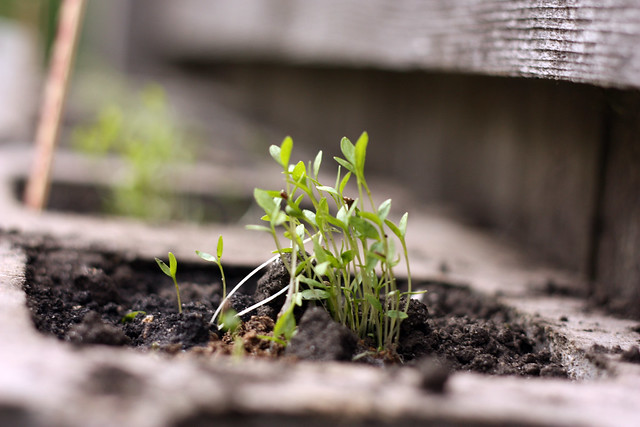
You might have tasted oregano before from savory dishes like pasta and other viands. It really has a distinctive flavor that adds a bit of flavor.
Fun fact though before we start planting: Oregano has two distinct types which are Mediterranean and Mexican.
The Mediterranean type is more minty, while Mexican is a slightly related to the lemon verbena.
But you don’t have to worry! Even though these types are very different in taste, there’s no big distinction in growing them
I actually grow both of these plants and I can definitely attest that this vegetable is easy to grow.
Oregano is a perennial plant which means that they grow year after year. Some of my oregano plants are now 10 years old yet they still produce beautiful leaves year after year.
However, take note that some plants decreases potency when they reached 3 years old.
I could go on and on and give you botany lessons about oregano, but that’s not why you’re here.
Just scroll to see more and learn more about planting and growing oregano.
Grow You Own Oregano at Home
Oregano is really easy to plant and grow. On planting, you won’t be needing a lot of fertilizer. Meanwhile, maintaining oregano will also not require much work.
It also won’t need a lot of sunlight and soil preparation. Although it prefers full sunlight for a fuller taste, it could also thrive indoors.
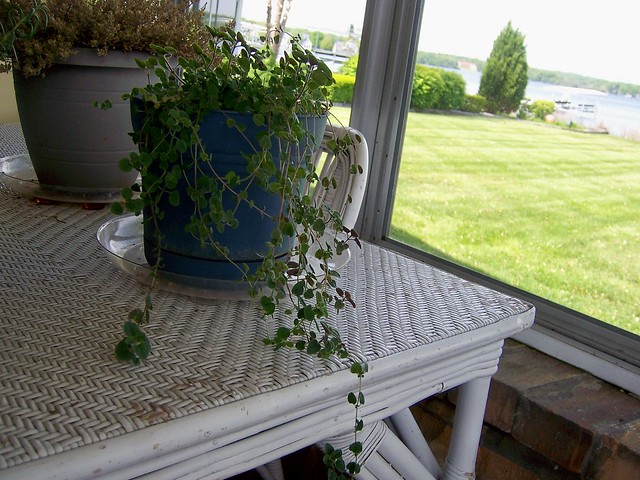
The strong taste of this spice works well with a lot of dishes, especially on other vegetables.
It is mostly used in Greek and Italian cuisines. That’s why you might see it in various pasta dishes or other savory dishes.
From Plant to Harvest Your Oregano
As mentioned earlier, the oregano plant is one of the plants that should be on your starter pack.
That’s why if you’re still starting to get familiar with gardening tools and processes, this plant would work best for you.
Are you ready to plant your first oregano plant into the soil?
Let’s start with the things you need to consider and gather before planting an oregano plant.
When is the best time to plant oregano?
This plant would thrive in different weather conditions and sunlight exposure, but the optimal time to plant oregano would be after the last spring frost.
That’s why you have to prepare the seeds or cutting six to ten weeks before that time.
Just remember that the soil’s temperature should be at 70 degrees Fahrenheit.

Look for the gardening calendar in your area to be more specific with the date and time.
How should I choose the right variety for me?
This plant originated from Mediterranean and Asian countries. While there are a lot of varieties out there. There are always some factors to consider.
Especially since this plant could range from small plant to subshrubs. These varieties could require a bigger space than others.
You might want to check out the scientific name to be sure since the common name of this plant could vary from one region to another.
If you can’t find the botanical name, it is best to taste and smell it to fit your preference. But if you’d ask me, here are my top picks for oregano varieties:

- Oregano hercleoticun, Greek Oregano:
This is the classic Medditerannean oregano. You would also encounter this type of oregano in Greek cuisine.
- Oregano vulgare, Common Oregano:
This type of oregano has a milder taste. These have a less pungent and sweeter taste. You would often encounter this type of oregano on French and English cooking.
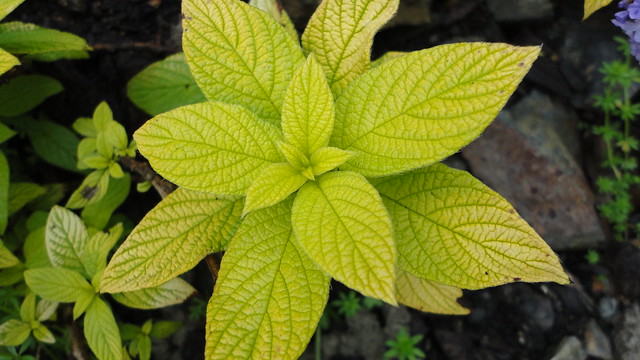
- Lippia graveolens, Golden Oregano:
This is not really under the oregano family, but it is considered oregano in the Mexican culture. It is usually used in chili powders.
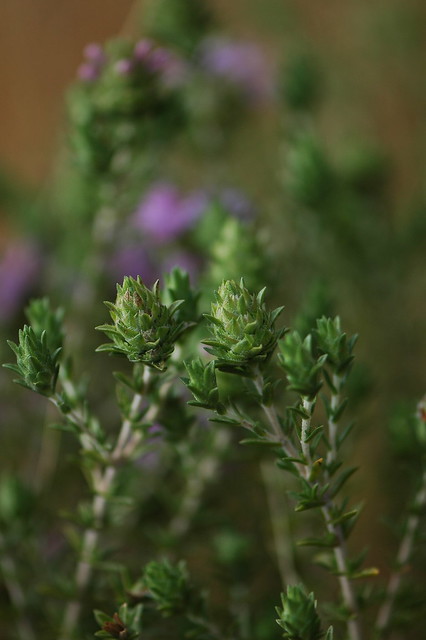
- Thymus nummularius, Spanish Oregano
This variety is often used in cooking in Spain.
- Plectranthus amboinicus, Puerto Rico and Cuban Oregano:
Lastly, this is the type of oregano used in Puerto Rico and Cuba. It may not be listed under the oregano family, but the locals of Puerto Rico and Cuba use it like oregano because of the close resemblance in taste.
These are just some of the top of mind oregano. You could always explore other varieties that would fit your preferences and requirements.
Make sure also that it fits your taste and space.
Should I use oregano seeds or oregano cuttings?
There are two ways of planting oregano.
You could either use seeds or cuttings. While seeds would make you experience the whole process from seeding, cutting would be more convenient.
That’s why I prefer the cutting method. It gives you a heads up than the seeds.
Planting seeds would take more time and other resources. From planting four seeds, only one would actually grow. So to save you from the disappointment, just choose cuttings too.
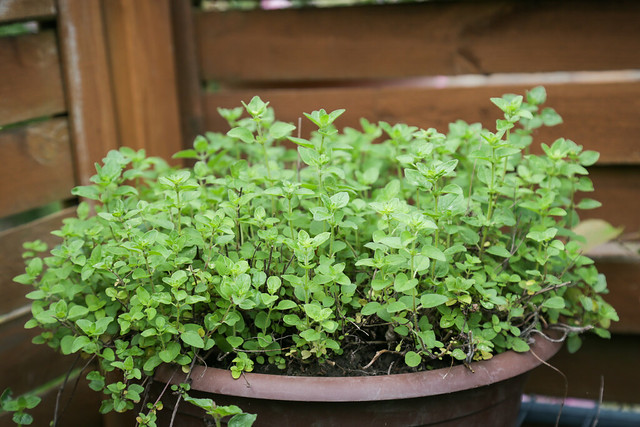
Clippings or cuttings are taken from mature and healthy plants. Examine the parent plant to ensure that the plant is free from disease and pests.
Lastly, don’t get clippings from other locations different from yours. Since the clipping from your area would have been adapted well to your climate and other environmental conditions.
That’s why it would be best for your area as well.
Where should I plant oregano?
First, determine your purpose. Oregano looks great in landscaping. If you want to add it in your landscaping, you may want to place it in your garden or front lawn.
Determine also the available space. If there is unlimited space, we won’t have a problem with planting an oregano.
If you have a limited space, you also won’t have a problem with oregano. They could be planted in containers.
Although enough sunlight could make the leaves tastier, the oregano plant could still go well with partial exposure to sunlight.
Planting this plant does not need narrow spaces, you could get a pot or container.
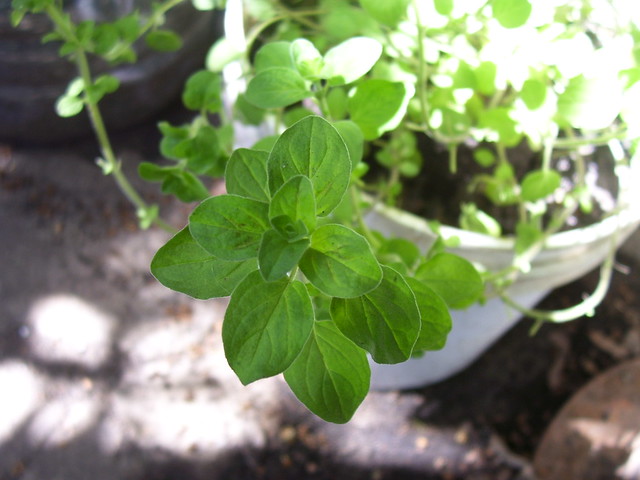
Look for containers that have at least 12 inches in diameter since this plant could grow bigger.
Narrow pots would be okay as long as the pot would easily drain the soil from excess water.
How do I prepare the soil?
Oregano doesn’t need a lot of nutrients for planting oregano, so you don’t need to fertilize the soil or even place additional compost.
The natural nutrients in the soil would be fine for the growth of oregano.
Choose a well-draining soil to ensure that the plant is not soaked in water at all times.
In general, oregano won’t perform well with over fertilized and over moisturized soil.
Maintaining the natural state of nutrients would help the soil grow, while also ensuring that you choose a light soil that could drain well.
A 70 degrees Fahrenheit should also be maintained in the temperature of the soil to ensure that the flowers would work well.
How do I plant oregano?
Now that we’ve gathered all the materials and considered all the factors before planting oregano, here’s how to start your oregano journey.
Ready your tools because we’re about to plant your first ever oregano plant.
First of all, plant your clipping half an inch deep into the soil. Then tap the surrounding to soil to secure the clippings.
Afterward, place your best patient face forward because it would take some time for the plant to actually sprout.
Specifically, it would take up to five to ten hours for it to start to grow.
The lead time is not true all the time though. It still depends on the environmental factors that might affect the development of the plant.
Plant them eight to ten inches apart if planted in a container, place the pots eight to ten inches apart.
This plant is a prolific grower, so I highly suggest to keep them at a distance to ensure that they would grow well. Or they won’t hinder the growth of the other.
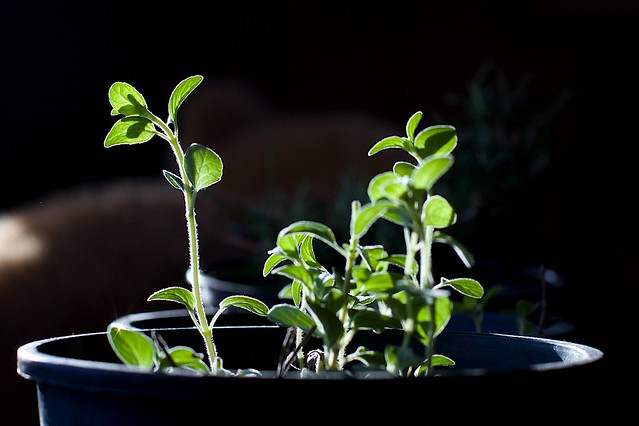
To finish off, water the plant.
Oregano doesn’t usually need to be watered all the time, so be sure not to over water them at the very first step.
We wanted to induce the growth, and not hinder it.
Growing Oregano
Do I still need to thin my oregano plants?
You don’t really need to thin your oregano plants.
As mentioned before, oregano plants are extremely low maintenance. You can just leave it be and it would grow healthily almost on its own (with adequate water, of course).
Instead of thining, you may want to prune your oregano.
When you see your oregano plants growing about 4 inches in height, it’s time to prune. To prune, just pinch the top part off, or trim them lightly.
Prune your herbs to encourage growth for a fuller and bushier plant.
Doing this also prevents them from getting woody. Regularly trimming your oregano plants will also encourage it to branch again. This definitely helps in avoiding legginess among the plants.
You will only ever need to thin your oregano plants when it’s completely matured, established, and growing ‘endlessly’, mostly the ones that are 3 or 4 years old (that’s years and years ahead if you’re just starting to grow them now).
Thin out your oregano plants in the early spring.
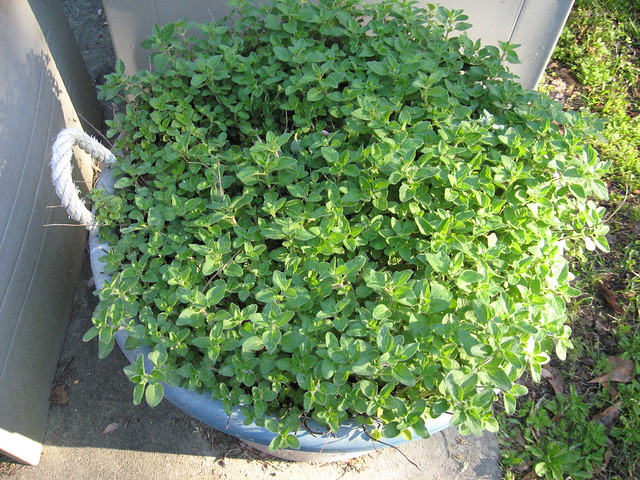
How can I properly water my oregano plant?
Regularly water your oregano plant until it is established.
Once established, significantly reduce the amount of water to allow the soil to dry between waterings.
We don’t want a moist soil. That kind of soil will eventually make your oregano less flavorful.
The established oregano plants do not require much attention.
I told you this one is extremely low maintenance!
In fact, they only need to be watered during a prolonged dry period. Oregano is a drought-tolerant herb so only water sparingly.
Once you have an established oregano plant, you’re basically already set for the long run. Enjoy your very own endless supply of fresh oregano.
Which fertilizer should I use and when do I use it?
Your oregano plant doesn’t need to be fertilized either.
Are you getting just how ridiculously low-maintenance this plant is? These hardy plants are not only drought-tolerant they are also mostly pest-and-disease-tolerant as well.
You can trust these plants to take care of themselves.
How much sun does my oregano plant need?
Oregano thrives in a place where it can get full sun.
In fact, to ensure that your oregano will have that strong and rich flavor that we all love, place your plant in a spot where it can get all the full sun it can have.
Like any other plant, a minimum of six hours of full sun is required, the more the better.
If you are growing them indoors, no worries!
Potted oregano can be grown healthily in a bright, sunny window. This hardy plant can also grow under fluorescent lights.
Which climate better suits oregano? (Best Hardiness Zones)
This easy-care plant is native to hot, arid regions. This makes the oregano plant perfect for growing in locations that are prone to drought.
See, it typically thrives in a hot and relatively dry climate.
However, since this is oregano that we are talking about, true to its ‘easygoing’ nature, it also does well in other environments with different weather conditions. Basically it is grown in USDA Hardiness zones 5 to 10.
How long does it take to grow oregano?
Oregano is a perennial herb. Herbs like this take a longer time to reach a sustainable harvest.
Remember, this is a plant that will be so rewarding in the long run so be patient! Give them enough time and room to reach optimum growth.
It typically takes years for oregano that was started from seeds to reach the size for a sustainable harvest.
Good thing we used cutting! This will grow in just one season and you can use them immediately for all types of recipes. This perennial herb will last for years.
What are the common diseases and pests that could ruin my oregano plant and how do I avoid it?
Watching your oregano plant maturing gives a mixed feeling of excitement and anxiety especially if it is your first time doing it. Or if you are a beginner in gardening.
Mostly, that tense feeling comes from worrying about pests or other diseases that might attack your plant.
However, one of the perks of planting this herb is that there aren’t that many pests and diseases that you need to worry about, unlike other plants.
But I’m not saying spinach comes with no problem at all, here are some of the common diseases and pests while growing spinach:
- Mint rust
You can spot this disease when you observe tiny, dust-like, bright orange, yellow or brown pustules on undersides of leaves. This nasty problem causes oregano leaves to drop and the new shoots to be pale.
Remove the infected parts immediately to prevent the spreading of disease.
2. Root and Crown Rot
When you see the leaves of your oregano plant looking a bit dried out and turning brown or slightly reddish, it’s probably the root rot’s fault.
Root rot also causes the stem near the soil line to look rotten and feel mushy.
Depending on how severe the disease has become, these symptoms may develop slowly or suddenly—causing your oregano plant to look like under watered and stressed.
This disease may occur at any time of the year, but it is most commonly encountered during spring just when both the soil and air temperatures warm up.
To prevent, proper soil preparation should be implemented. Only use well-draining soil.
It’s difficult to get rid of this problem once your plant is infected, in some cases the plants will ultimately die.
Once you see the symptoms mentioned above, stop watering and all the soil to completely dry out. Once dried out around the roots, resume watering once a week. Let the crown recover by keeping your existing mulch at least 2 inches from the base of the oregano stem.
3. Aphids (Peach aphid)
Keep your garden clean. Aphids are soft-bodied insects that often appear in clumps. Always be on the lookout for these critters. They can come in black, brown, red or green colors. They will suck your plant’s juices and can transmit viral diseases.
To control, just prune out the infected areas.
4. Cutworms
This pest can sever your young oregano seedlings or transplant at the soil line. The larvae come in many colors and patterns but they will most likely curl up into a C-shape. They usually hide in the soil at the base of the oregano during the day.
After harvest, see to it that you remove all plant residues from the soil. You can also opt to do this at least two weeks before planting. This is extremely important if the previous crop planted was infected.
Once you see the larvae present, handpick them after dark. You can also use a plant collar to cover the bottom 3 inches of the oregano stem to provide a physical barrier from larvae.
If you are new to the whole gardening thing, don;t worry too much. Especially in the case of oregano, this hardy plant is almost pest and disease resistant.
There’s only a small chance that you may encounter these problems. (Especially if you followed the proper planting guidelines mentioned before).
Relax. Even I had my own share of panicking when I just started gardening. So you’re not alone!
I have accepted that I will always encounter a problem with my garden. And that, fortunately, there’s always a solution waiting from other fellow gardeners! Don’t be a stranger and mingle with the gardening community.
What other crops could I plant between the spaces of my oregano plant?
Are you familiar with companion planting?
It’s a form of polyculture used by fellow gardeners and farmers that is believed to produce mutual benefits for certain crops planted next to each other.
The idea is these companion plants can help each other grow while maximizing your garden space.
Score! Some of the benefits include natural pest control, higher crop yield and shade protection for sun-sensitive plants.
The best thing about oregano is that it is a good companion to all vegetables! You read that right this plant will fit just right in any garden with any vegetables.
What are the crops should not be planted near oregano?
As I said, oregano is a good companion for all vegetables.
There are still no known “bad plant neighbors’ of oregano. It acts as a natural pest repellent so of course, it is beneficial to most of the plants.
Harvesting Oregano
When is the best time to harvest oregano?
Once your oregano plants reach 4 to 6 inches in height, it is good for harvesting. You want to harvest your oregano just before flowering.

During this time, the oregano leaves have the best flavor.
Start harvesting your oregano when the morning dew has completely dried. Also, in the morning, the essential oils found in this herb are in their highest concentration.
Use garden shears or scissors to cut your own batch of fresh leaves or clip the upper branches of the plant. Leave the lower set of leaves as it will begin to grow again in just 2 weeks after harvest.
By cutting and harvesting as you deem fit, you are encouraging the plant to renew itself by producing more fresh leaves.
What is the best way to store the oregano that I have harvested?
Store the harvested oregano leaves in a dark and dry area in order to preserve the strong flavor.
I suggest you put them on glass bottles or airtight plastic containers since light and air will ultimately degrade the flavor of your herbs.
You can also dry oregano, by doing so, it will keep for up to six months! Dried oregano also has the best flavor and quality perfect for cooking.
Featured Table
| Botanical Name | Origanum |
| Plant Type | Oregano |
| Sun Exposure | Perennial |
| Soil Type | Light, sandy loam |
| Soil pH | Slightly acidic to slightly alkaline |
| Bloom Time | Summer |
| Flower Color | White, pink, purple |
| Hardiness Zones | 5, 6, 7, 8, 9, 10 |





